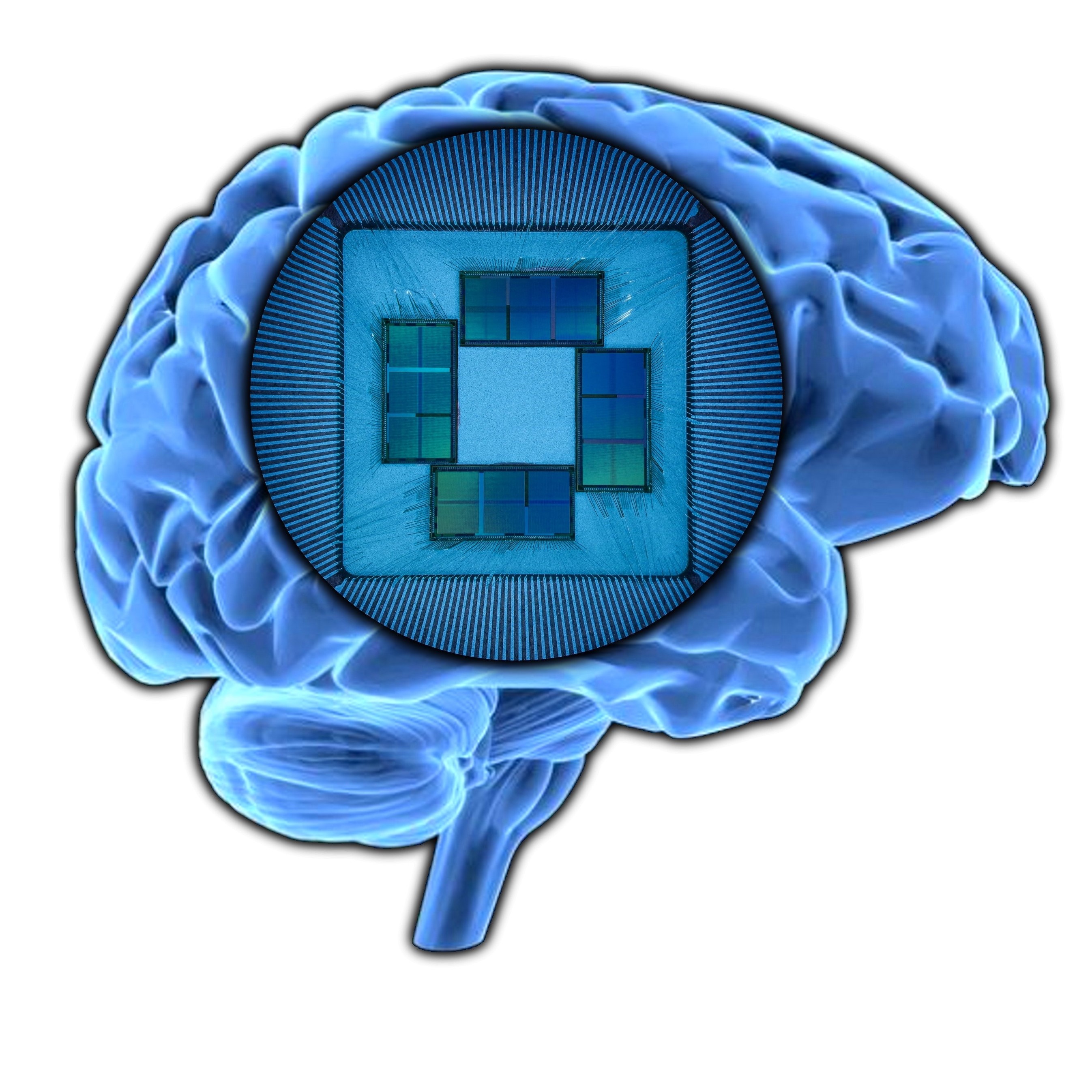Research
Our lab, the International Centre for Neuromorphic Systems (ICNS), is a world-leading research concentration in neuromorphic engineering with outstanding publications, funding success and teaching excellence. We have placed the first neuromorphic sensors in space on the International Space Station, and are developing sophisticated neuromorphic underwater and aerial autonomous drones and robots for a range of applications. With strong funding support and state-of-the-art facilities and a world-class technical support team, our researchers can rapidly prototype their novel ideas and apply them in the real world in the form of successful start-up companies.
What is neuromorphic engineering and why do we need it?
Neuromorphic Engineering is a fascinating and rapidly growing field that aims to create advanced computing systems that mimic the performance of the human brain. This cutting-edge research field has the potential to revolutionise the way we interact with computers and machines, opening up a world of possibilities for new and innovative applications. By developing systems that can process information in a way that is similar to how the human brain works, neuromorphic engineering can achieve more efficient, reliable, and versatile computing systems. With its interdisciplinary nature, neuromorphic engineering brings together experts in computer science, neuroscience, physics, and engineering to develop novel state-of-the-art solutions to complex real-world problems. The possibilities for innovation in this field are vast, and the potential applications are numerous, from advanced robotics to artificial intelligence and machine learning. Neuromorphic engineers and researchers can expect to be at the forefront of a new era of intelligent computing.




